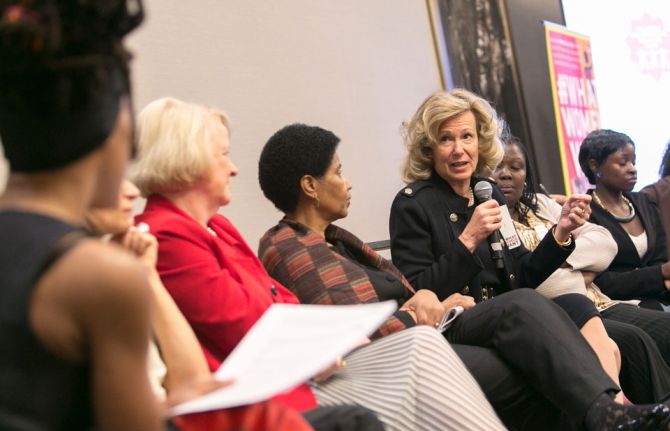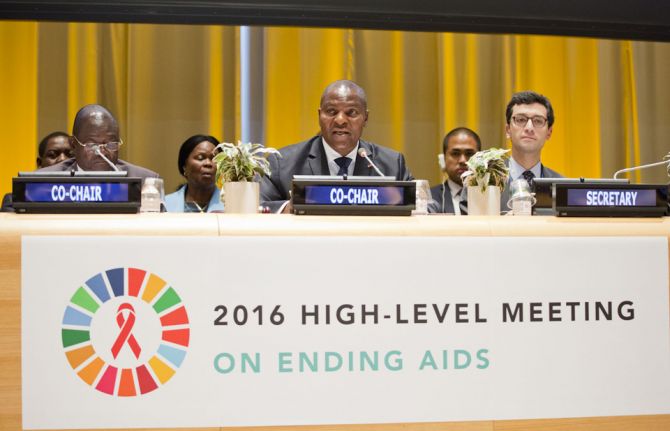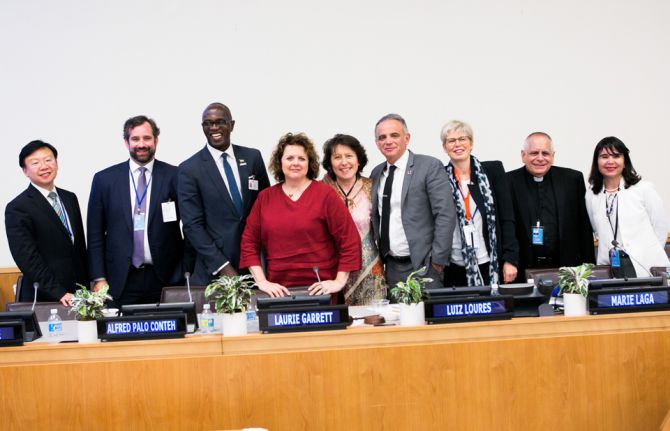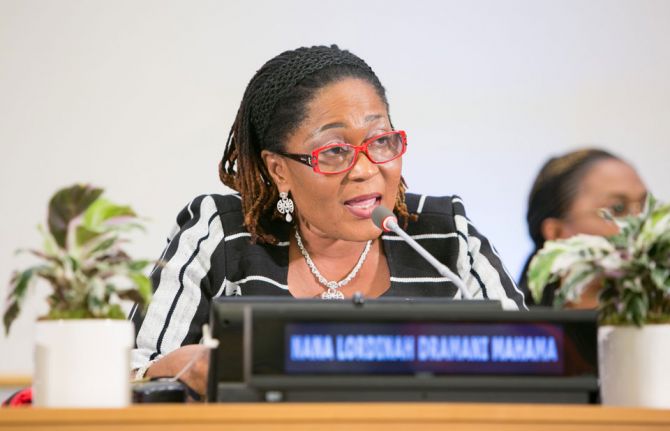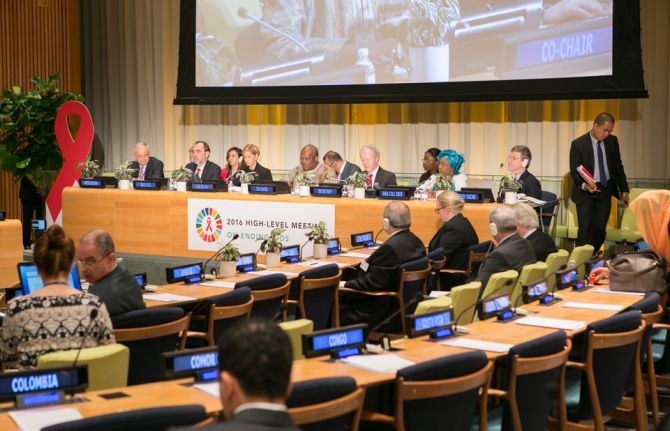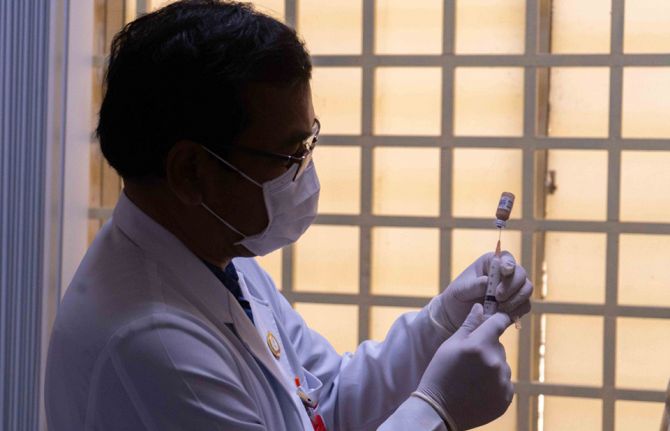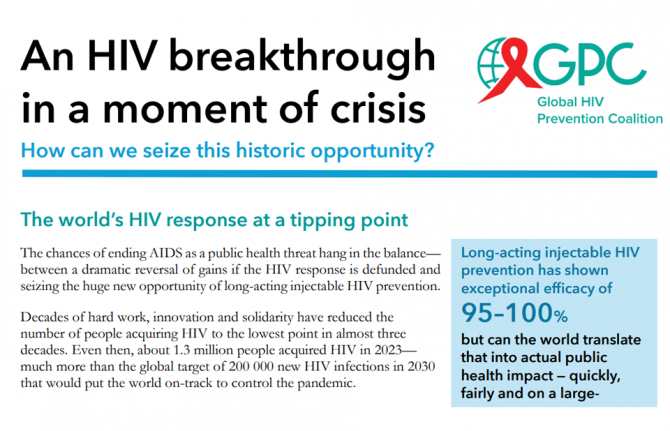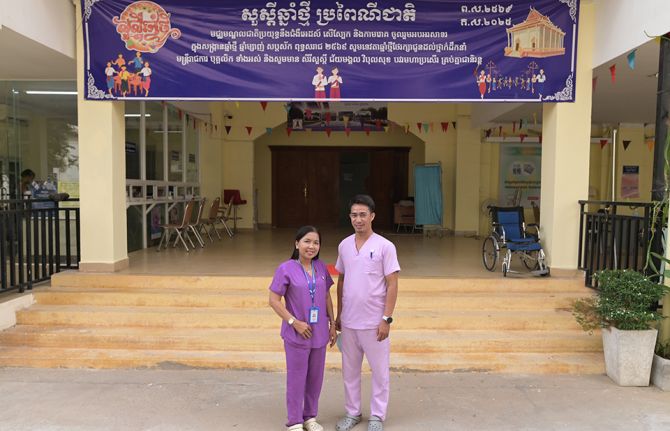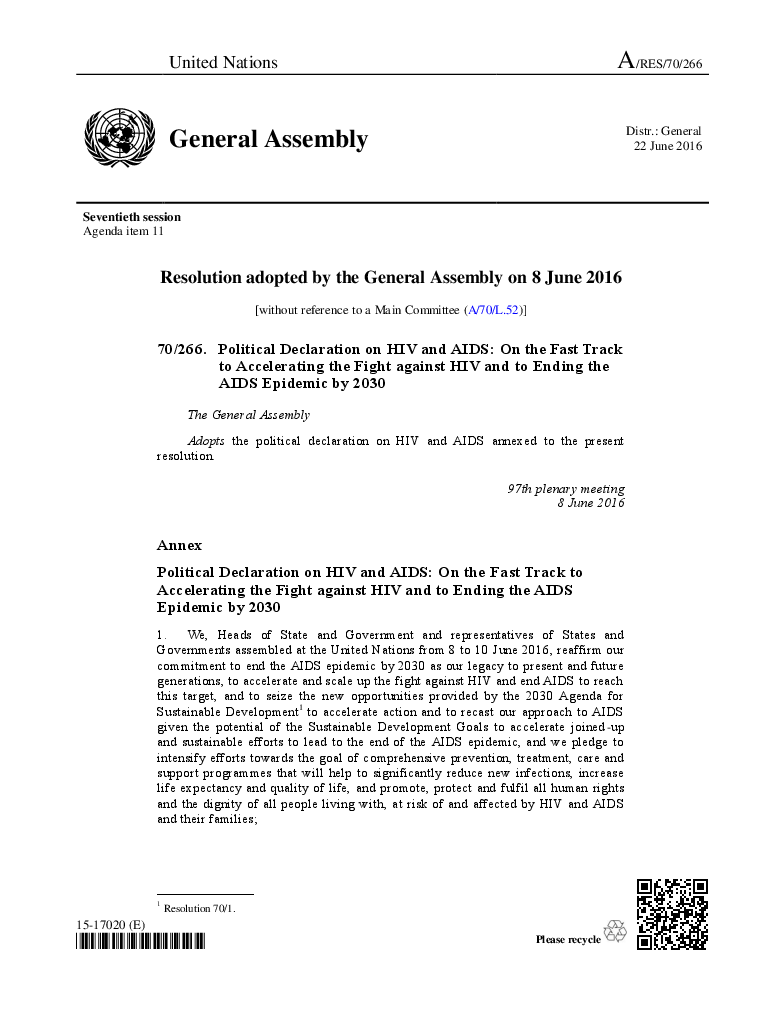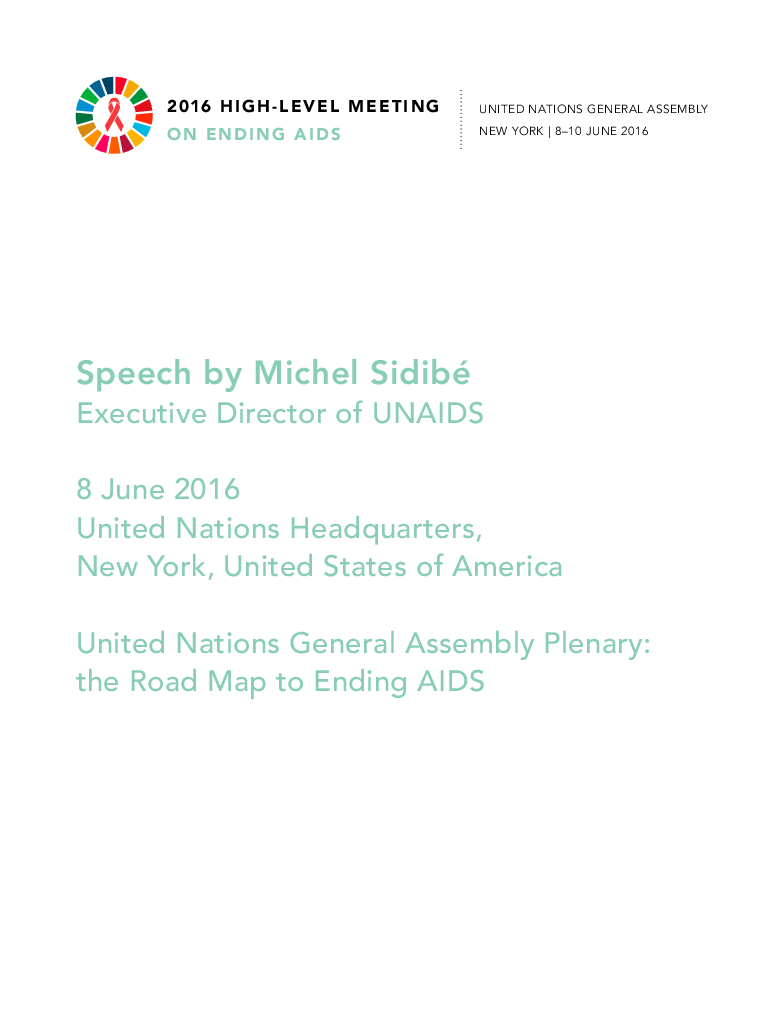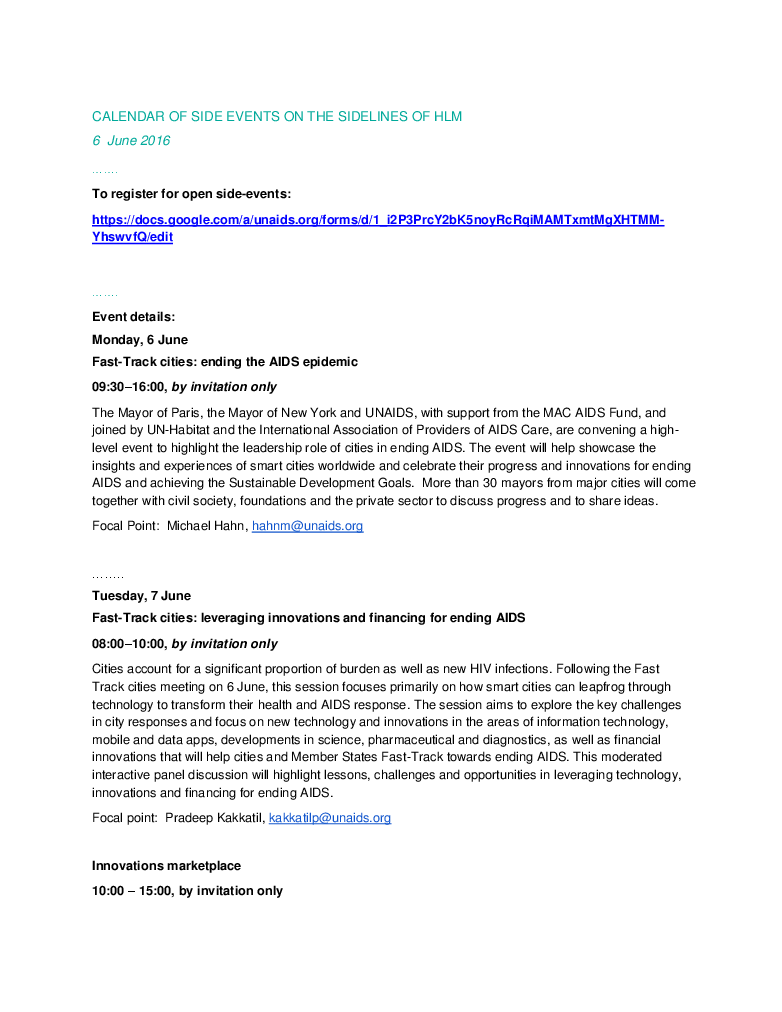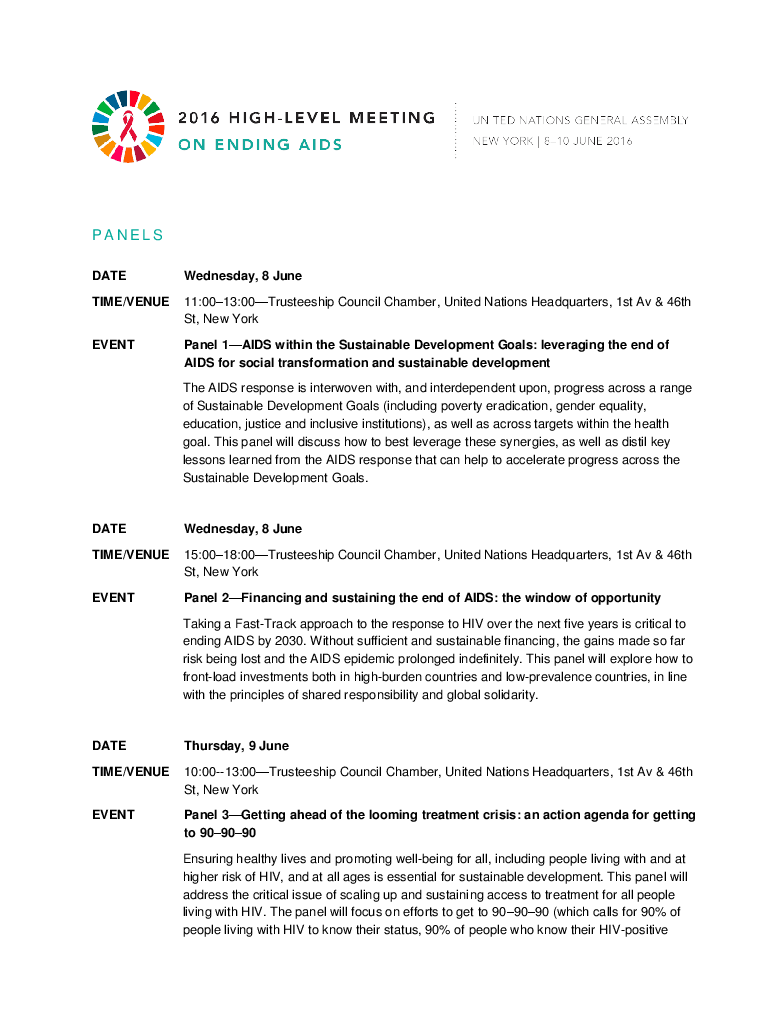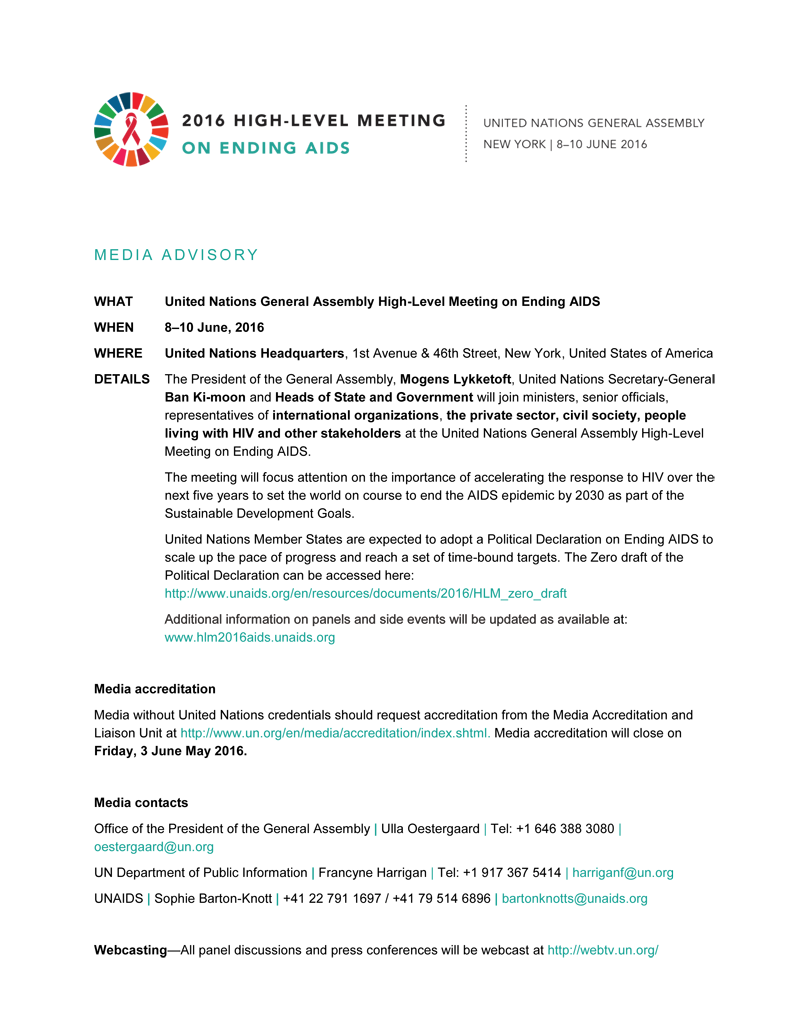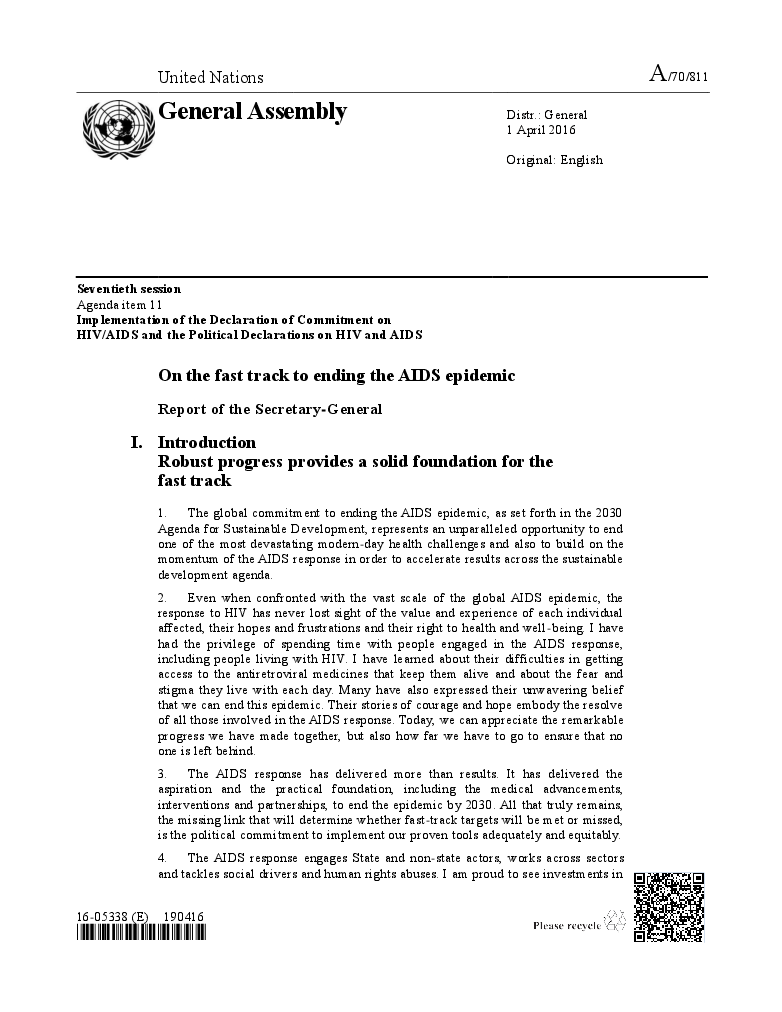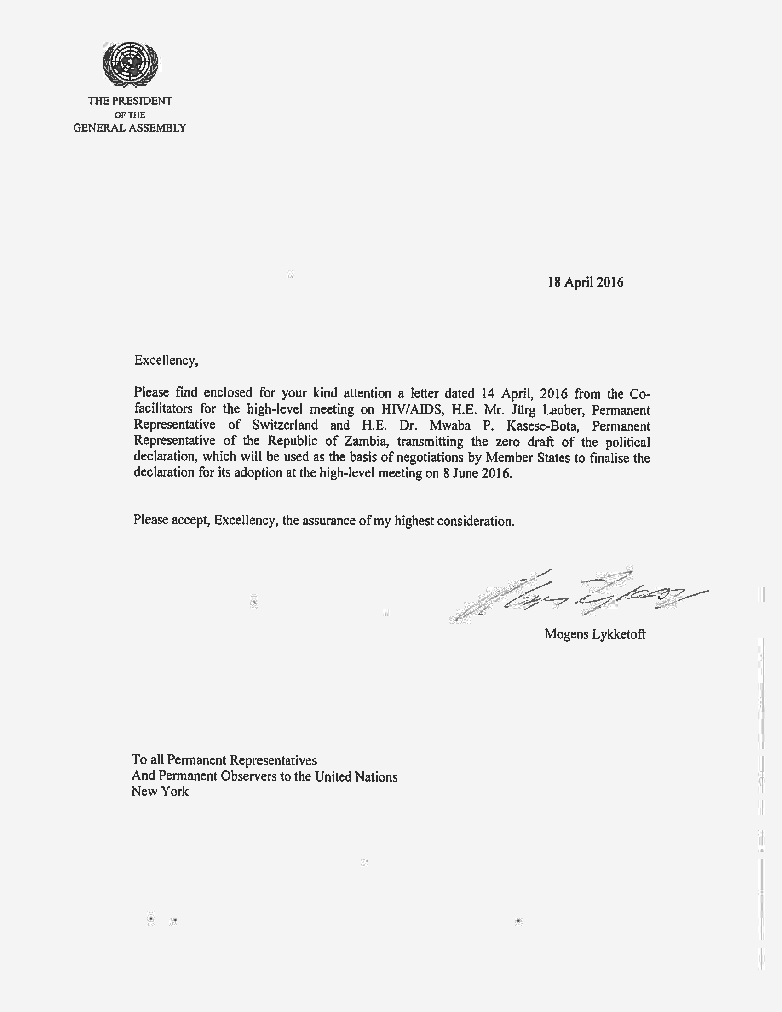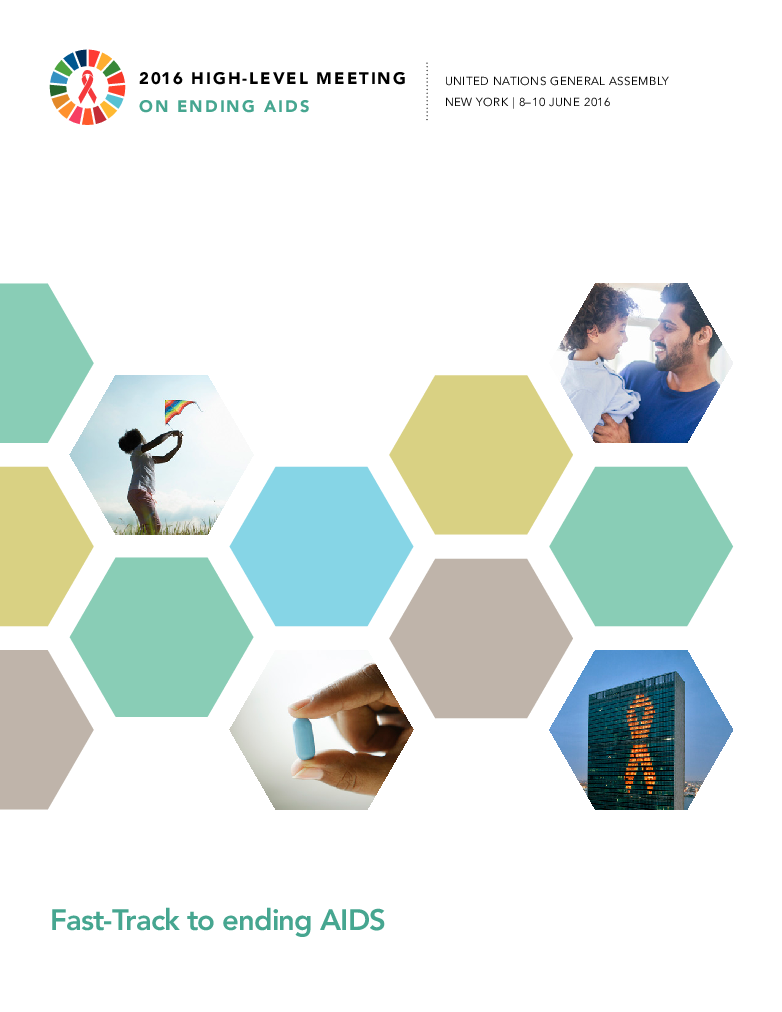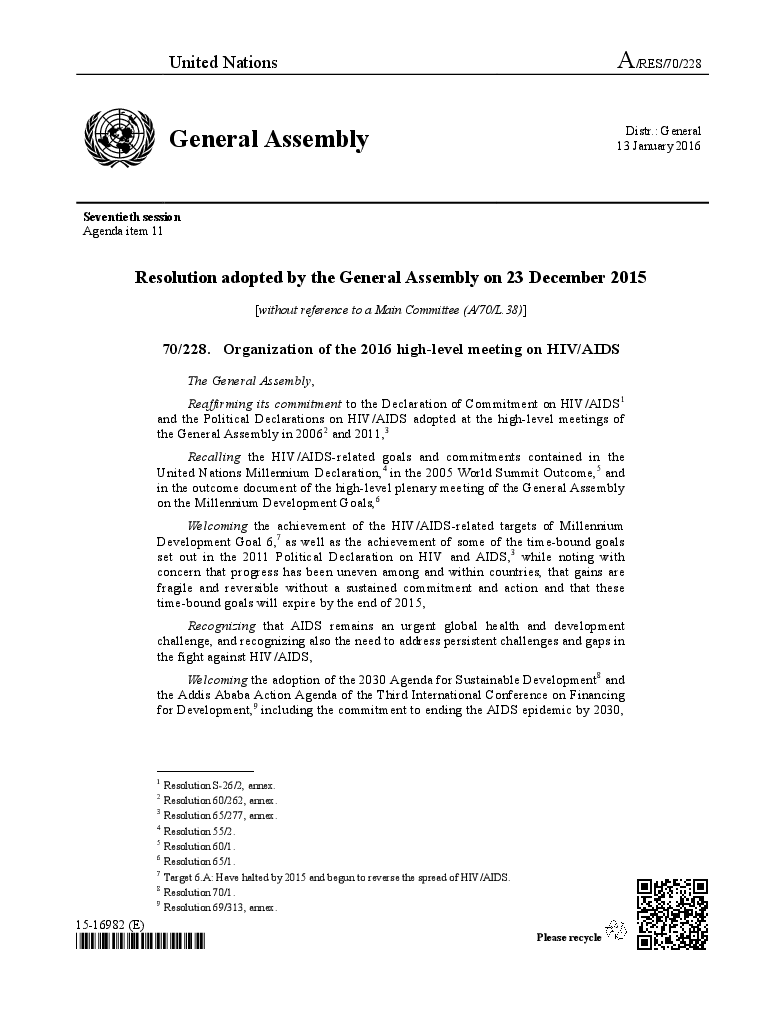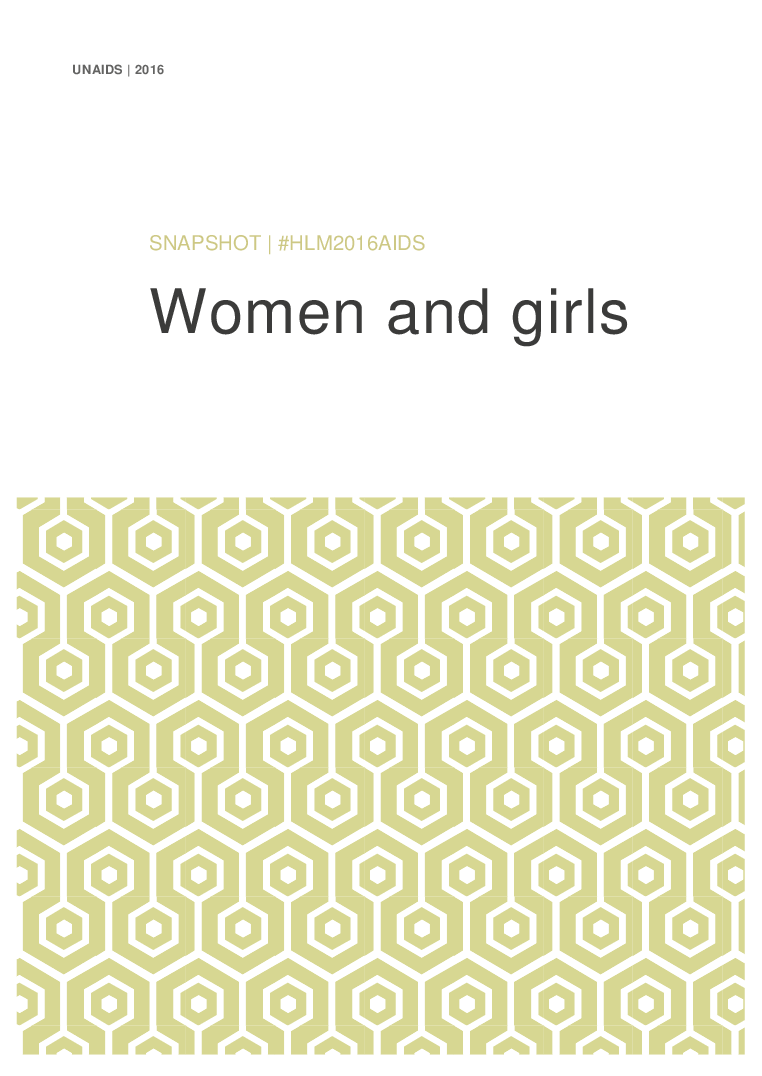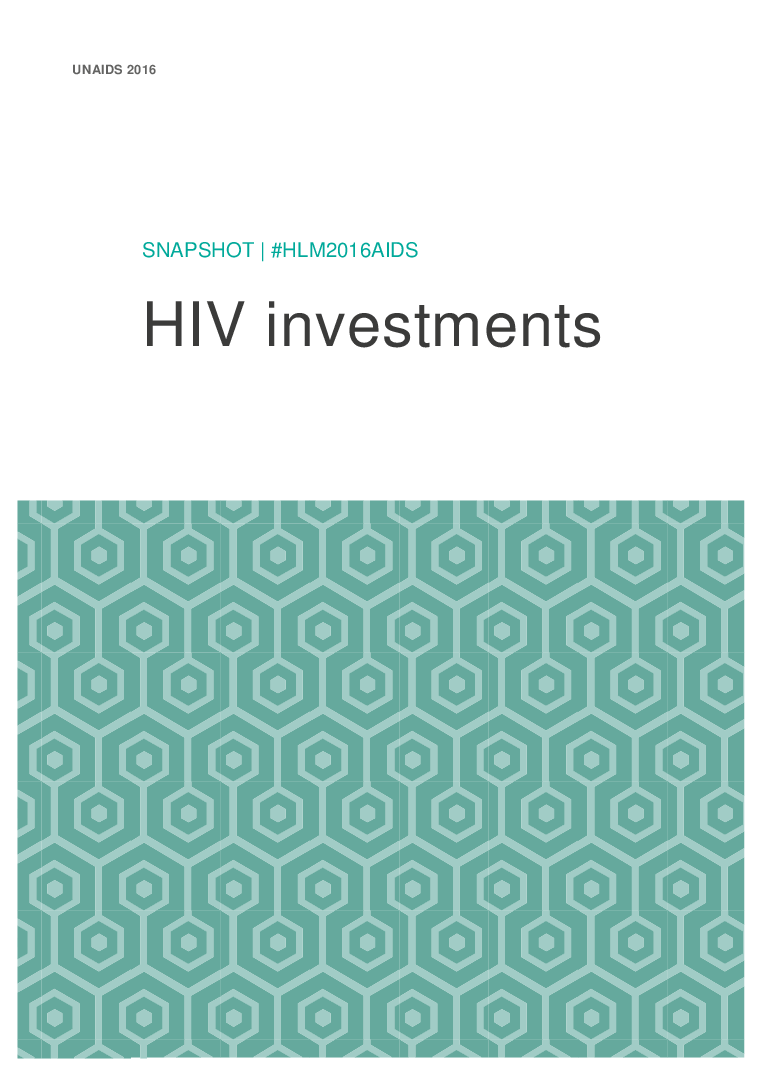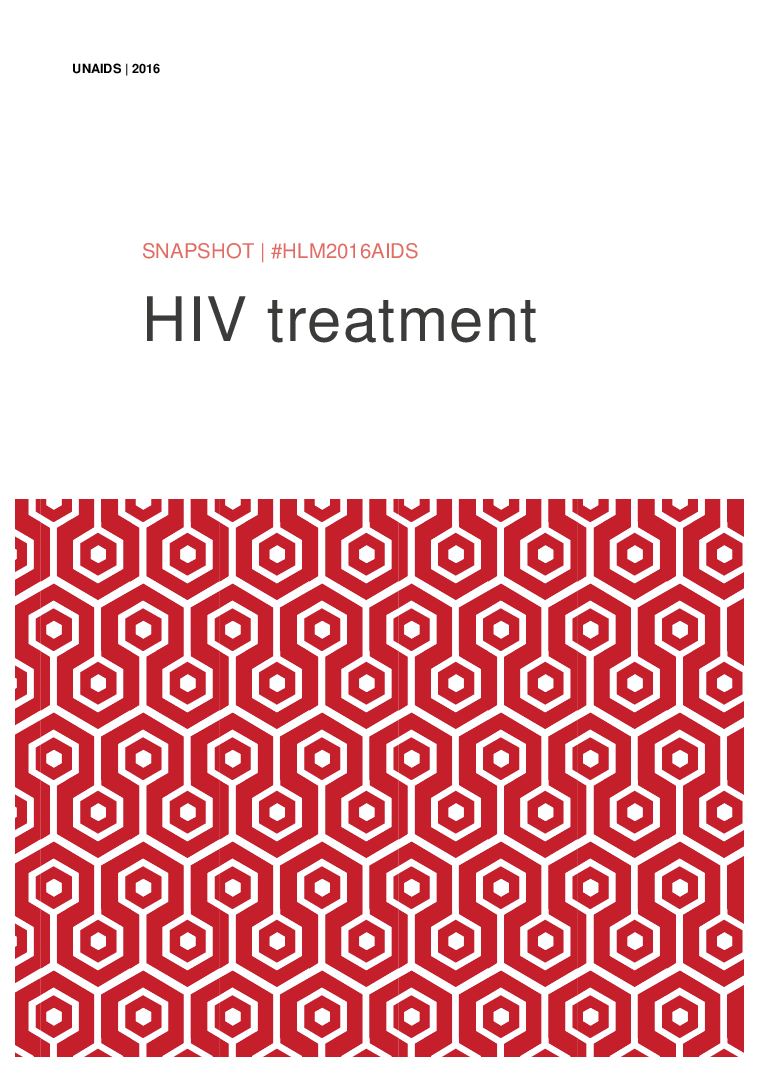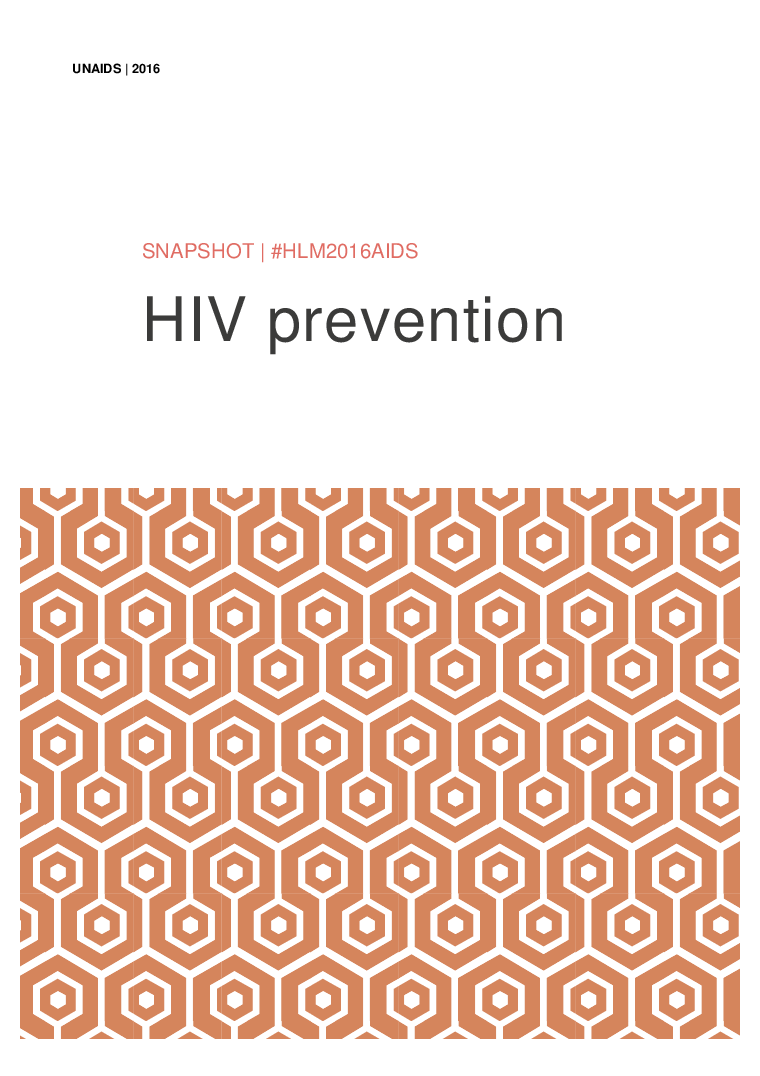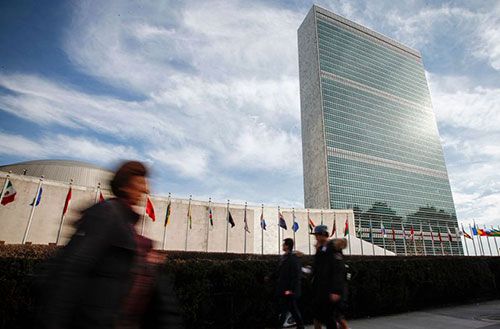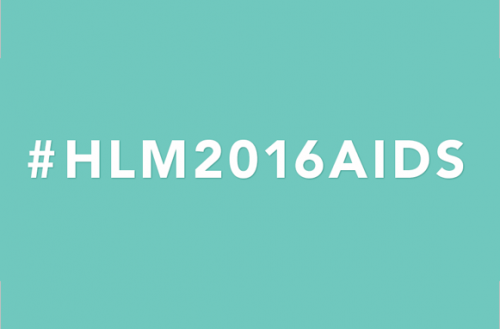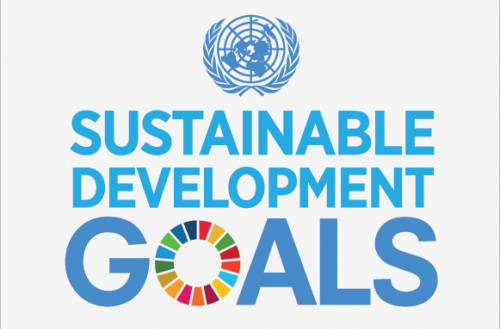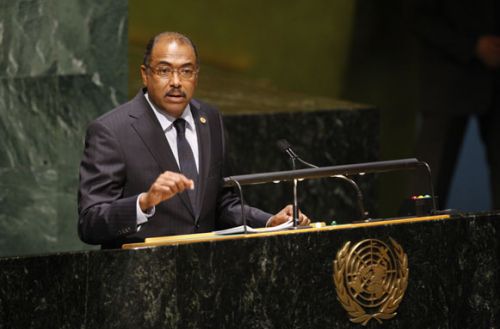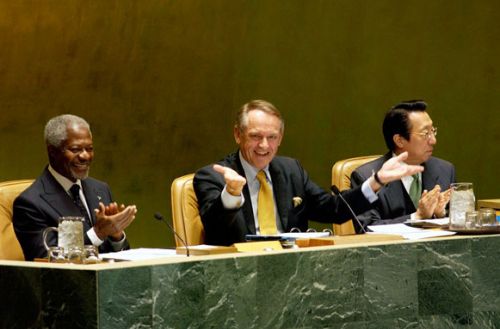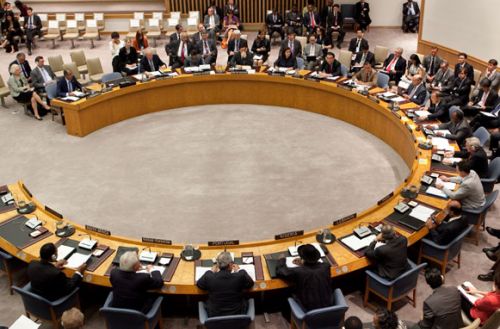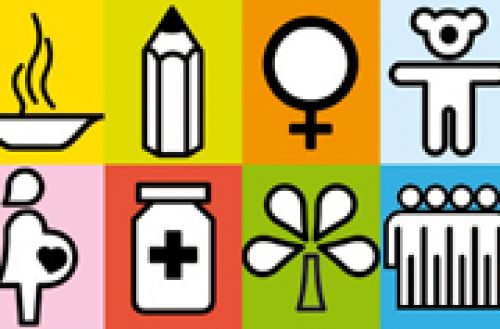
Press Release
Countdown to the 2016 United Nations General Assembly High-Level Meeting on Ending AIDS
02 March 2016 02 March 2016GENEVA, 2 March 2016—In just under 100 days’ time the 2016 United Nations General Assembly High-Level Meeting on Ending AIDS will take place in New York, United States of America. The meeting, being held from 8 to 10 June, will focus attention on the importance of accelerating the response to HIV over the next five years to set the world on course to end the AIDS epidemic by 2030 as part of the Sustainable Development Goals.
The meeting will be convened by the President of the United Nations General Assembly, Mogens Lykketoft, and co-facilitated by Jürg Lauber, Permanent Representative of Switzerland to the United Nations, and Patricia Mwaba Kasese-Bota, Permanent Representative of Zambia to the United Nations.
“We are at a critical moment in the response to the AIDS epidemic,” said Mr Lykketoft. “All Member States must work together on a strong political declaration that will create the conditions needed to Fast-Track action and end the AIDS epidemic by 2030.”
The UNAIDS Fast-Track approach has a set of time-bound targets, including reducing the number of people newly infected with HIV from 2 million in 2014 to fewer than 500 000 in 2020, reducing the number of people dying from AIDS-related causes from 1.2 million in 2014 to fewer than 500 000 in 2020 and eliminating HIV-related discrimination.
“Over the next five years we have a fragile window of opportunity to shift gear and put the global HIV response firmly on the Fast-Track to end the AIDS epidemic,” said UNAIDS Executive Director Michel Sidibé. “This meeting will be critical to harnessing the momentum we have built and securing global commitment to break the epidemic for good.”
The world urgently needs to increase HIV investments now or risk reversing the major successes achieved in the first 15 years of the millennium. In 2015, an estimated US$ 21.7 billion was invested in the AIDS response in low- and middle-income countries. Investments need to increase, year on year from 2015, up to a peak of 40% higher in 2020, to reach the Fast-Track Targets. Adopting the Fast-Track focus on location and population and reallocating resources to where they are most needed will ensure that people most affected by HIV are reached with life-changing HIV prevention and treatment services. Achieving all the Fast-Track Targets on time would ensure that estimated total resource needs begin to fall by 2021. Without these front-loaded investments the world risks prolonging the epidemic indefinitely.
At the last United Nations General Assembly High-Level Meeting on AIDS, held in 2011, world leaders set an ambitious treatment target of 15 million people accessing antiretroviral therapy by the end of 2015. The United Nations Secretary-General, Ban Ki-moon, announced last year that this had been achieved and surpassed, with nearly 16 million people accessing antiretroviral therapy by mid-2015—double the number in 2011.
In the lead-up to the meeting in June, people living with and affected by HIV, civil society, the private sector, governments and regional bodies will come together at a series of meetings and events to reaffirm the priorities of the response to HIV.
The 100-day countdown to the United Nations General Assembly High-Level Meeting on Ending AIDS will be reflected on the UNAIDS website with daily messages from partners around the world on what ending AIDS means to them.
UNAIDS
The Joint United Nations Programme on HIV/AIDS (UNAIDS) leads and inspires the world to achieve its shared vision of zero new HIV infections, zero discrimination and zero AIDS-related deaths. UNAIDS unites the efforts of 11 UN organizations—UNHCR, UNICEF, WFP, UNDP, UNFPA, UNODC, UN Women, ILO, UNESCO, WHO and the World Bank—and works closely with global and national partners towards ending the AIDS epidemic by 2030 as part of the Sustainable Development Goals. Learn more at unaids.org and connect with us on Facebook, Twitter, Instagram and YouTube.
Special page
Press centre
Download the printable version (PDF)

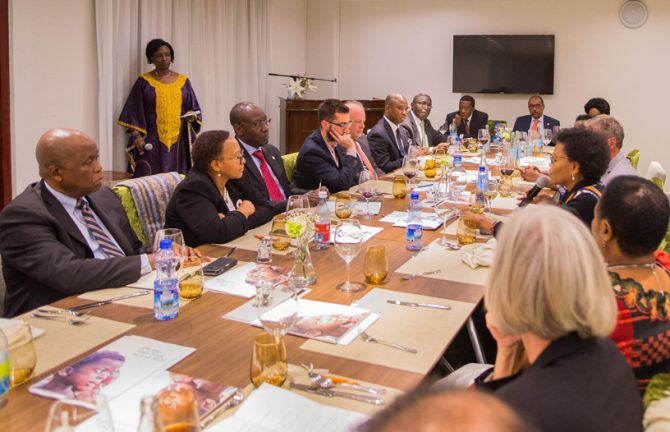
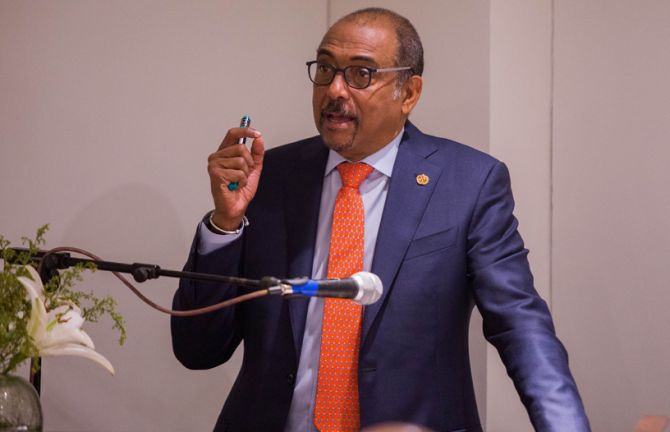
Update
African Union ambassadors mobilize for the United Nations High-Level Meeting on AIDS
04 February 2016
04 February 2016 04 February 2016During a dinner hosted by UNAIDS Executive Director Michel Sidibé, ambassadors attending the African Union summit have pledged their support for the United Nations General Assembly High-Level Meeting on AIDS, to be held in New York, United States of America, in June.
Mr Sidibé described the meeting as a critical opportunity to advance the agenda of the Sustainable Development Goals (SDGs), which include ending AIDS as a public health threat by 2030. He underlined that the AIDS response would also contribute to progress on several other SDGs, including reducing inequality, achieving gender equality and achieving access to quality education and health for all.
Global targets were necessary, added Mr Sidibé, but they had to be broken down to allow the international community to focus on the people and places most in need. As the region most affected by the epidemic, Africa had to be at the centre of the response, he said.
Other guests at the dinner included representatives of embassies from the Americas, Europe and Asia, representatives of United Nations agencies and senior members of the African Union Commission.
Quotes
“We are honoured to have been selected to co-chair the 2016 United Nations General Assembly High-Level Meeting on AIDS. As we approach June, let us be bold and let us work to deliver results. I am calling for an African Union Permanent Representative Council special session to discuss AIDS and the High-Level Meeting on AIDS.”
“I am very worried about dwindling finances for AIDS. Let us compare the cost of ending AIDS with the immense cost of doing nothing.”
“I will work to have high-level participation from my country at the High-Level Meeting on AIDS.”
“The discussion on integration is music to my ears. There was competition between AIDS and other health conditions. I am glad we are moving to integrate efforts as we approach the High-Level Meeting on AIDS.”
“This is a defining moment because we have demonstrated we can win against AIDS. We need to put people at the centre of the response and accelerate efforts to end AIDS as a public health threat by 2030.”
Documents
2016 High-Level Meeting on Ending AIDS
05 February 2016
Ending AIDS by 2030 is an integral part of the Sustainable Development Goals, which United Nations Member States adopted unanimously in 2015. The lessons learned in responding to HIV will play an instrumental role in the success in achieving many of the Sustainable Development Goals, notably Sustainable Development Goal 3, good health and well-being, and the goals on gender equality and women’s empowerment, reduced inequalities, global partnerships and just, peaceful and inclusive societies.
Documents
Organization of the 2016 high-level meeting on HIV/AIDS
22 January 2016
The General Assembly ... 1. Decides to convene a high-level meeting from 8 to 10 June 2016, which will undertake a comprehensive review of the progress achieved in realizing the Declaration of Commitment on HIV/AIDS and the Political Declarations on HIV/AIDS of 2006, and 2011, including successes, best practices, lessons learned, obstacles and gaps, challenges and opportunities, including with regard to partnership and cooperation, and recommendations to guide and monitor the HIV/AIDS response beyond 2015, including concrete strategies for action to end the AIDS epidemic by 2030 as well as to promote the continued commitment and engagement of leaders to accelerate a comprehensive universal and integrated response to HIV/AIDS; ...
